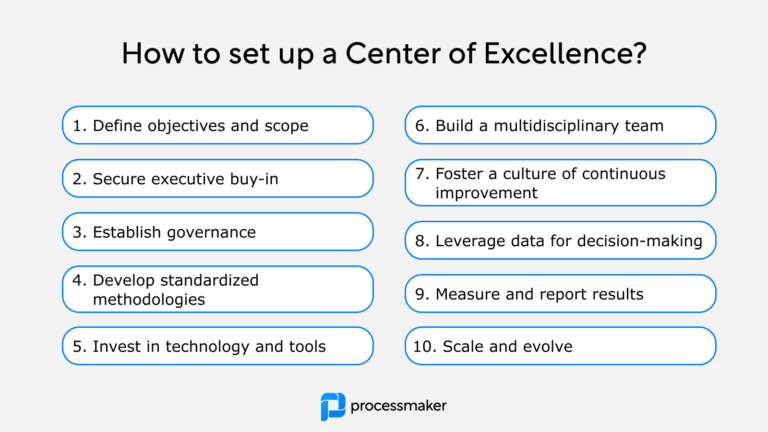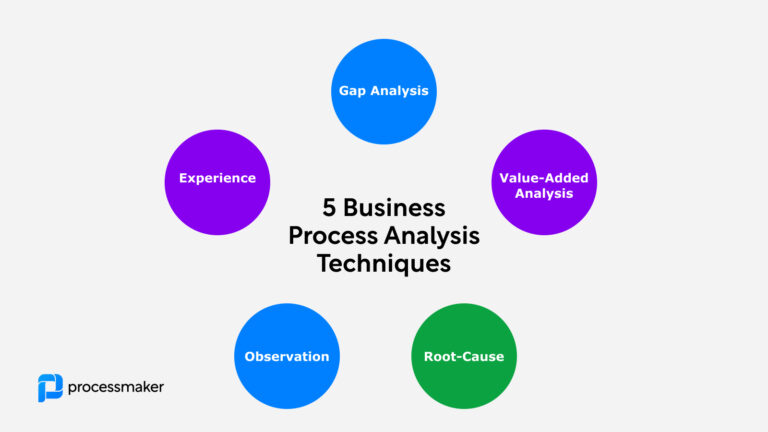“If you’re not constantly really rethinking what you’re doing and trying to adopt disruptive technologies—disruptive, that is, to yourself—you will be disrupted, and be gone.” These are the wise words of Barry Appelman, former Head of Server Development at AOL. Barry helped lead the development and expansion of the infamous AOL Instant Messenger, known to its many fans simply as “AIM.”
At the time, AIM was considered ridiculous by senior executives. Barry and his team received masses of pushback, with the C-suite and investors worried about “cannibalization,” or the idea of shooting oneself in the foot with an amazing product worth a lot of money marketed for free. “If you don’t cannibalize yourself, though, in tech, you’re doomed. Somebody else will do it,” Barry said to InVision. Firm in his belief, Barry, and supporters around him went on to revolutionize Internet culture as we know it today. At its peak, CRN reported that AIM had 36 million users worldwide.
Barry’s insight echoes loud and clear not just in tech, but in every industry. We are reminded of Blockbuster going out of business thanks to Redbox, and later Netflix. Toys R’ Us, once the largest retailer in the United States, is now bankrupt. These instances happen to businesses that fail to innovate their internal processes or the way a business works from within. Failure to acknowledge the changing direction of industry results in high costs, decreased revenue, a decline in customer experience, and lost opportunity due to a volatile, competitive market — much like the enterprises listed above.
How can your organization stay ahead of the competition and improve its overall organizational health? The key lies in process mapping.
What is process mapping?
Lucidchart defines a process map as “a planning and management tool that visually describes the flow of work. Using process mapping software, process maps show a series of events that produce an end result.” The term “process map” is also known more commonly as a flowchart, process model, workflow diagram, or business flow diagram, among other similar names.
Essentially, process maps show who and what is involved in a workflow. They can be used in any business or organization to reveal inefficiencies, or weak spots, in an enterprise’s processes. Before an enterprise can automate and optimize their processes, organizations must start by first understanding the actual processes. Without understanding a team’s workflow, communication breakdown can happen — a multi-billion dollar mistake for enterprise profit and loss statements, according to one Holmes Report.
Process maps can help your organization to better understand its business processes. They are a visual snapshot of critical information about your business workflows, helping your employees gain insights into each workflow’s function and purpose. By process mapping, not only help employees understand the details behind their processes, but they also empower those employees to re-evaluate their efficiency. This removes the likelihood that the organization spends too much time on broken processes.
The benefits of process mapping
In the age of digital disruption, organizations need to stay agile and adaptable to stay competitive. In order to meet the high demands of business, process maps can improve a multitude of areas to help organizations overcome these challenges.
1. Process maps improve visibility
Process maps take confusing and scattered information around workflows and centralize them in one area for users to see. Building process maps using workflow automation software allows companies to create easy-to-read dashboards for employees to understand what is happening within a workflow. Employees can see everything, from which tasks they are assigned to the time it takes to complete those tasks. Managers can even drill down to see which tasks are falling behind and who is responsible. Notifications can also be configured to alert managers and employees when tasks lag behind their due dates.
Process maps also provide a visual of the workflow, providing crucial insight into deeper information. In a business process management (BPM) platform, workflows are able to be published, unpublished, recorded. It also automatically feeds data into other sources if needed for more detailed reporting. It keeps the way your employees work nice and neat, accessible, and constantly iterating to improve inefficiencies. If anything is broken, process management platforms make those inefficiencies obvious. This helps your employees correct course quickly, without intervention from IT support.
2. You can change and adapt quickly to regulatory requirements
Accenture reports that every business in every sector is experiencing drastic change due to new regulations, and there are more in place now than ever. Specifically for banks, healthcare, and the government sectors, compliance is a big deal. It’s mandatory and constantly pivoting, leaving business not paying attention to detail in major trouble.
To avoid costly fines, security breaches, or legal repercussions, these organizations have recognized the need to adopt technology that helps them stay compliant at all times. Process maps help organizations make changes to adhere to new regulations quickly. Whenever a new regulation is enacted, employees can gather together and re-evaluate their existing processes in their BPM platform. The processes can then be adjusted or new ones can be created to fit the new requirements, making the hand-off to the auditor easier than ever before with a system the auditor can visually understand.
3. Your current systems’ value is extended
A neat benefit of process mapping is its ability to integrate seamlessly into an organization’s existing technology systems. For instance, say an insurance company had a previous vendor that was limited in capability, didn’t provide the level of visibility across the enterprise as needed, and those weak areas resulted in slower customer response times. For an insurance company, the claims process usually experiences the issue of delayed communication time due to an outdated management suite and paper-based processes.
Workflow platforms using process mapping help aggregate the information in the old systems and overlay on top of them to provide a more up-to-date experience. The older information in these systems benefits from increased security thanks to updated tech, a friendly user interface, and cost savings by not scrapping existing investments for new investments. Your organization gets to keep reaping the rewards of your budget investments while automating the tasks all through the new system. The pros of visibility, accountability, and agility still remain.
By implementing a solid workflow platform and using process maps to your full advantage, your organization can optimize its internal processes. Better core operations through connected systems keep your enterprise agile, flexible, and in tune with digital transformation trends.
A stronger culture leads to a stronger organization
Changing existing attitudes to new technology is a challenge nearly every business faces. The reward is high for the organizations that choose to adapt in lieu of the aggressive markets. According to McKinsey, “the top quartile of publicly traded companies in McKinsey’s Organizational Health Index (OHI) delivers roughly three times the returns to shareholders as those in the bottom quartile.”
Making the case for organizational health is easy when everyone is on the same page toward organizational goals. To reach this state of health in a business requires a deep understanding of the way each employee works, works together and works toward those goals with the new resources available to them. In this case, process mapping directly improves an organization on every level by helping employees and management get work done more efficiently. An organization can make leaps and bounds toward its long-term growth strategies by eliminating busywork and reducing decision fatigue, helping your enterprise make critical decisions with ease.
Digital transformation is a step-by-step process, one that requires all stakeholders to be on board to improve the organization as a whole. By working together, the entire enterprise ecosystem works in tandem, on time, and with greater productivity than ever before.
Looking to improve your organizational health with an all-in-one process platform? Learn more at www.processmaker.com.
About ProcessMaker:
ProcessMaker is a low-code business process management and workflow software. ProcessMaker makes it easy for business analysts to collaborate with IT to automate complex business processes connecting people and existing company systems. Headquartered in Durham, North Carolina in the United States, ProcessMaker has a partner network spread across 35 countries on five continents. Hundreds of commercial customers, including many Fortune 100 companies, rely on ProcessMaker to digitally transform their core business processes enabling faster decision making, improved compliance, and better performance.





